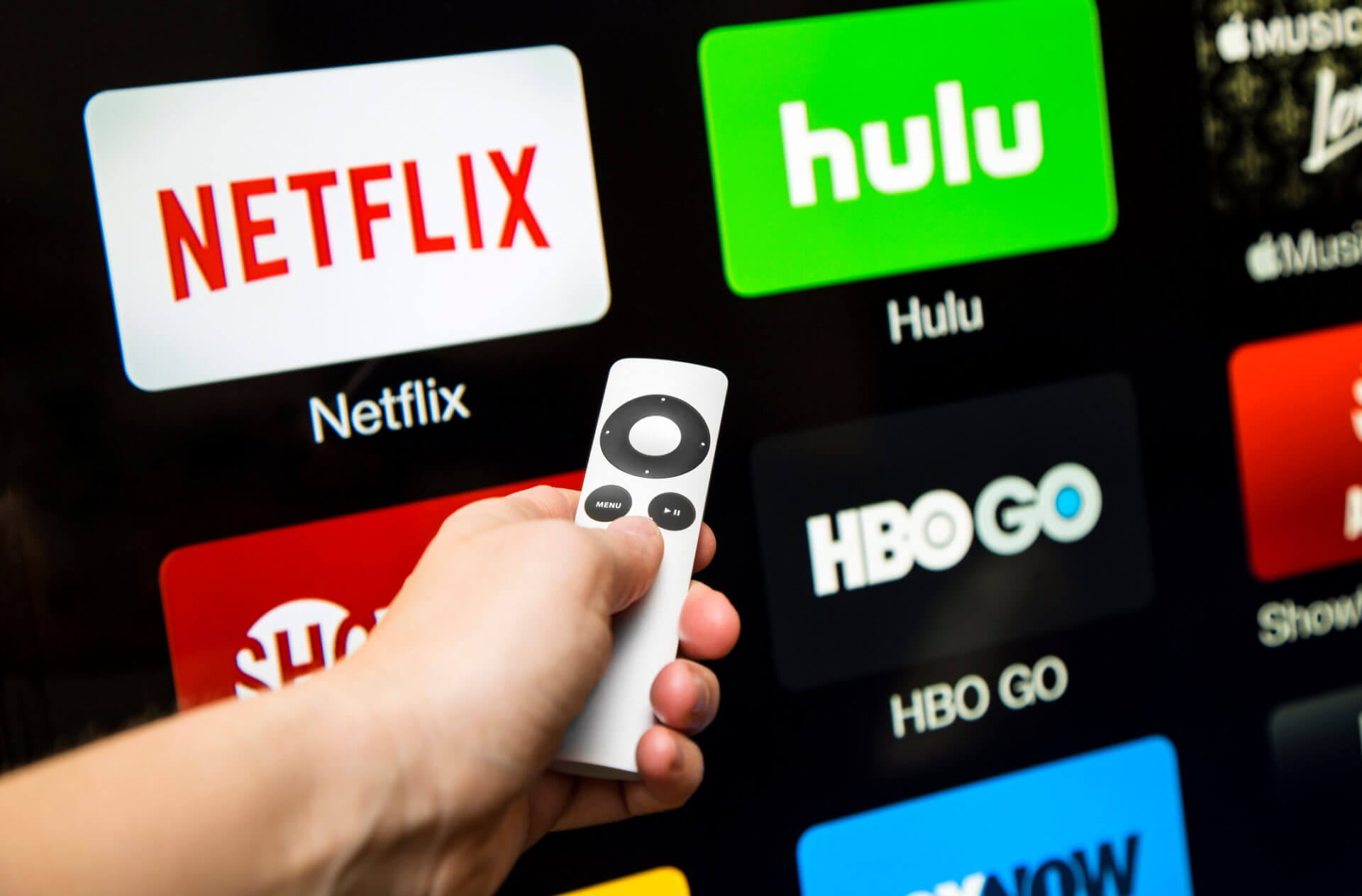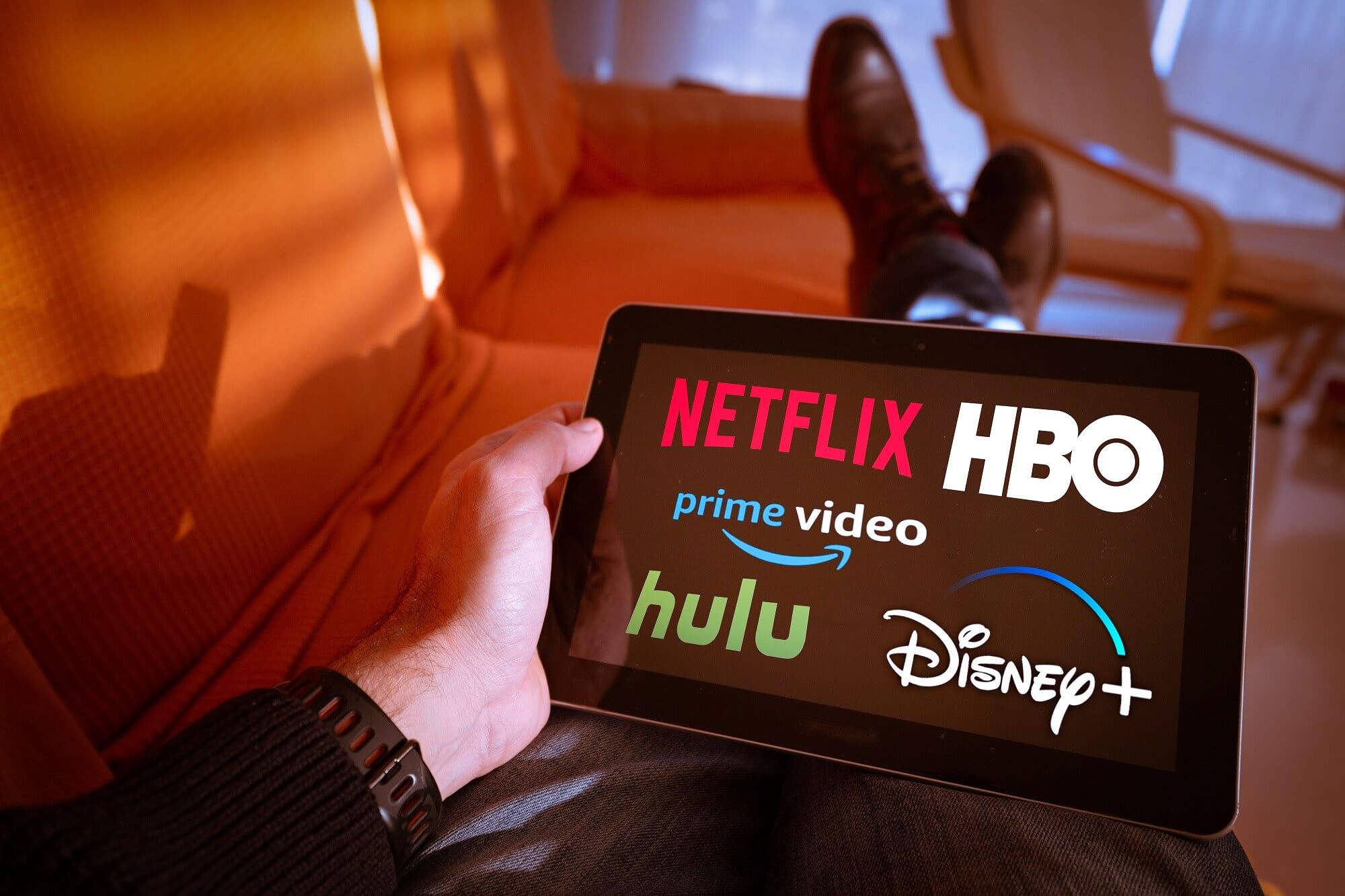In a nutshell: With so many people around the world stuck in their homes, the Covid-19 lockdowns were a boom time for video streaming companies. According to a new study, more Americans now subscribe to these services than ever before, but that could soon change.
As reported by Variety, the 14th annual edition of Deloitte's Digital Media Trends study included a survey conducted between December 2019 and January 2020---before Covid-19 spread around the world---and a second survey in May 2020 when the lockdowns were in effect.
In the pre-pandemic survey, about 73 percent of US consumers said they subscribed to at least one paid streaming service. In May, that figure jumped to 80 percent.
Back in March, it was reported that streaming companies had seen an uptick in users, with Disney+ tripling its subscriber numbers in one week. The surge led to Netflix's stock hitting $426.75, putting its market capitalization ahead of Disney. The industry leader's shares are now at $468.04, giving it a value of $205.85 billion.

But with multiple paid subscription options now available, "subscription fatigue" may lead to more people canceling and moving to ad-supported, free options, says Kevin Westcott, vice chairman of Deloitte and US telecom, media and entertainment leader.
With a looming recession and job uncertainty, many consumers are tightening their purse strings---39 percent of those surveyed said household income had declined since the pandemic began. Streaming services will likely be aware that the number one reason (36 percent) for canceling is high costs.
As incomes go down, more consumers are turning to ad-supported streaming options. With more than 300 individual subscription-video platforms in the US alone, Westcott said: "The industry can't just keep adding new paid subscriptions."
Other findings of the survey include subscribers being drawn to those services with a broad range of content and exclusive or original shows. It also revealed that about one-third of consumers said they would not be comfortable attending live events for the next six months, with millennials (50 percent) and Gen Z (47 percent) more willing to attend shows than boomers (28 percent).
